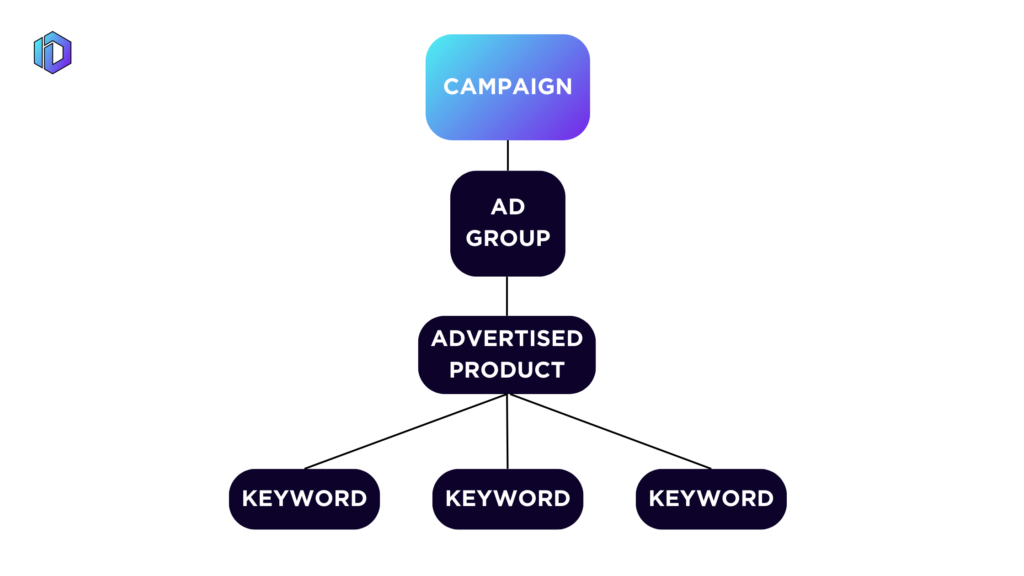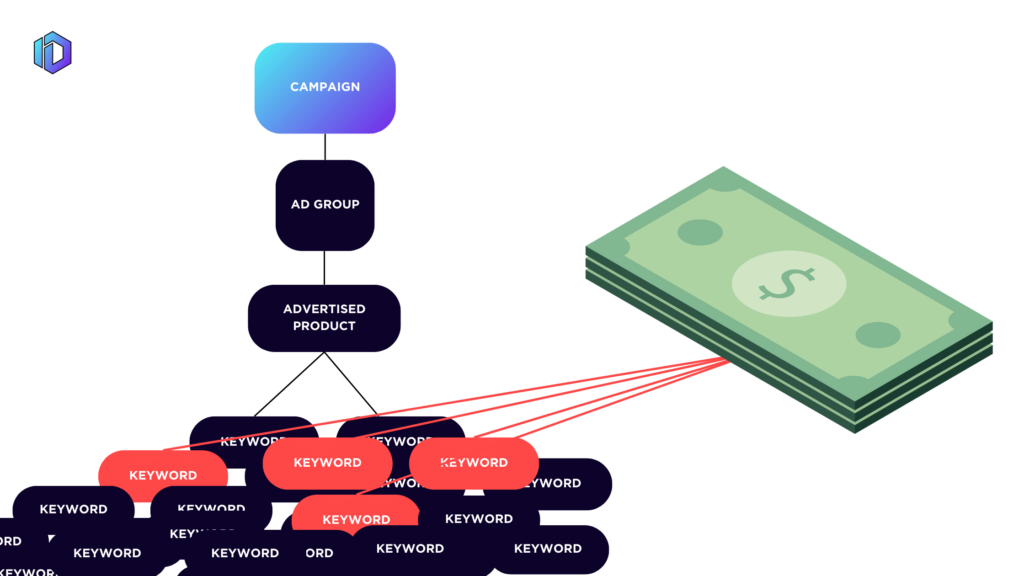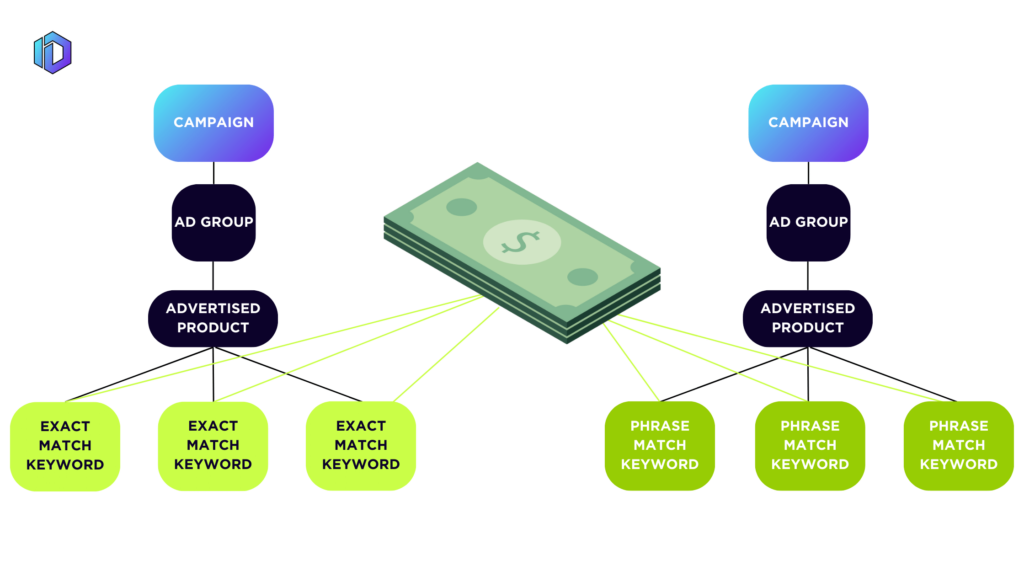Amazon Advertising
A Guide to Auditing Your Amazon Campaign Structure in 2024
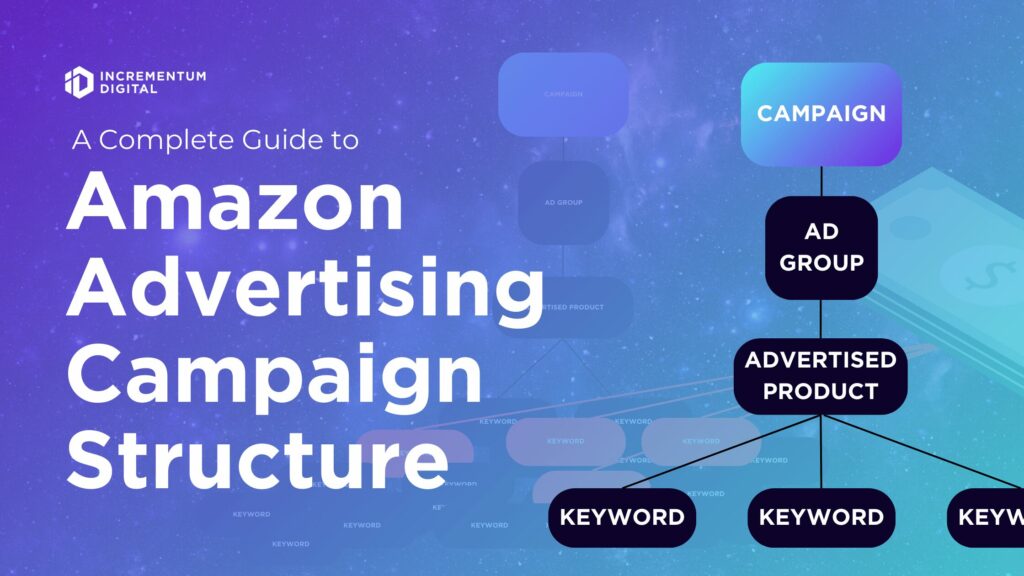
If you’re managing an Amazon brand and are unsure how to audit your advertising manager’s Amazon campaign structure, this article will serve as a comprehensive guide.
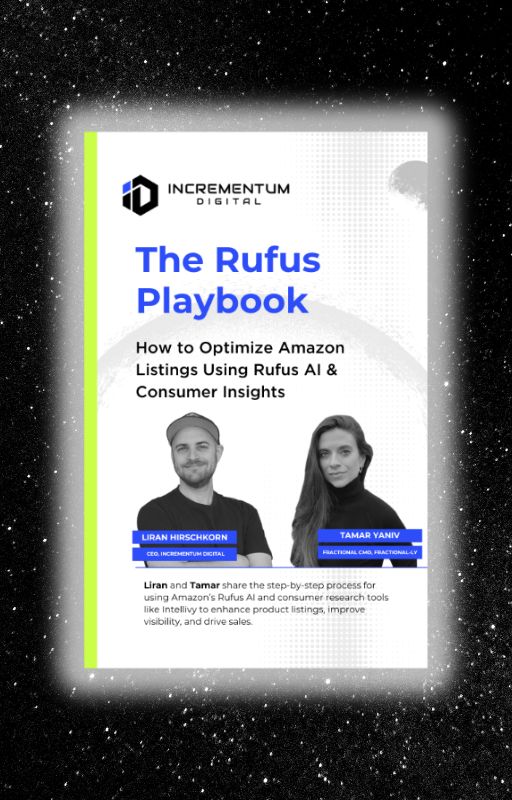
Learn How to Make Listings That Convert in 2025!
Read our step-by-step guide on how to optimize your listings using Rufus AI insights. Sign up for our newsletter and get your copy for free!
Show me howCampaign structure is the foundation upon which the success or failure of your advertising efforts will rest. Launching advertising campaigns without the ability to control budgets, placements, match types, and ultimately the scalability of your advertising allocation is going to lead to thousands of wasted dollars.
Campaign structure is critical as it forms the foundation for the success or failure of your advertising efforts. Key considerations include:
- Ability to control budgets
- Control over placements
- Naming conventions
- Allocating to match types
- Granularity in changes
- Scalability
Amazon Campaign Structure Hierarchy
Let’s break this down. Amazon advertising campaign hierarchy is as follows: Campaigns contain ad groups. Ad groups contain product ASINs. Assigned to each product ASIN is a list of targeted keywords. Keywords can be targeted using different match types. To understand the specifics around Amazon match types, visit Amazon’s learning console. The image below illustrates the hierarchy we just described.
To reiterate, here’s the proper amazon campaign structure:
- Campaigns contain ad groups.
- Ad Groups contain product ASINs.
- Product ASINs are assigned targeted keywords.
- Keywords are targeted using various match types.
The Amazon Campaign Structure Debate
There’s ongoing debate about the effectiveness of singular Amazon campaign structures. One can make the argument that some budgets and campaign types are better off with the structure shown below:
The problem with this structure is that there is no control over the budget at the ad group level. If one of these ad groups performs well but the other two don’t, we can’t allocate more to the top performer. Consider that top-of-search placements apply to the entire campaign which means that your increases might apply to targets that aren’t performing well. The structure shown above prevents advertisers from increasing the top-of-search allocation for individual products.
Instead, each campaign should at least have no more than one parent ASIN. If there is a significant volume associated with a particular child ASIN, it still may be wise to pull that ASIN into its own campaign. If the budget is limited, there may be a case where we recommend putting multiple products into a single campaign.
Recommendation: Ideally, each campaign should have no more than one parent ASIN. For high-volume child ASINs, consider separate campaigns. The recommended campaign structure, based on our data, is shown below:
Keyword Density
Another common problem that we find in Amazon audits is high keyword density. The issue we run into with too many keywords in a campaign is that Amazon’s advertising algorithm will only allocate to something like ~25 keywords in your campaign at a time, regardless of the budget you have. This looks like the image below:
Recommendation: Limit targeting to no more than 25 keywords per campaign to avoid diluting the budget and maximize valuable impressions.
Instead, we recommend brands take care that no more than 25 keywords are being targeted in one campaign at a time. This will ensure that the budget isn’t spread so thin across too many Keywords. This will maximize the number of valuable impressions garnered from each campaign.
Match Types & Product Targeting
We also recommend separating all exact, phrase, and broad keywords into their own campaigns. Additionally, with Auto campaigns, we recommend separating automatic match types – close, loose, substitute, and complements – into their own campaigns as well. This is because there will almost certainly be poor performance in one or another match type, particularly for automatic campaigns.
If you look through your active campaigns and drill down to the keyword/product level, take note of the mix of targets. To ensure that allocation is controllable, Product Targeting campaigns should be separated into their own campaigns away from keywords. Furthermore, category targets should be separate from product targets. Consider the idea that just like there will be keyword groups that perform well, there may be product or category groups that perform. Ensure that no more than 25 categories or products are included in a single campaign at a time.
Key Point: Separate Product Targeting campaigns from keyword campaigns, and also differentiate category targets from product targets. Ensure each campaign contains no more than 25 categories or products.
Naming Conventions
To efficiently locate campaigns and ad groups, a consistent naming convention is essential. Without it, campaigns cannot be effectively filtered or analyzed. We recommend the following format:
ASIN | Ad Type | Targeting Type | Targeting Strategy | Match Type | Search Volume | Goal | Bid Strategy | Targeting Description
Example: B0AWH5GI|SP|M|KW|Exact|HSV|TOS|HighBid|Category|Socks
- Ad Type: SP, SB, SBV, SD
- Targeting Type: A (Auto), M (Manual)
- Targeting Strategy: KW (Keyword), P (Product)
- Match Type: Various options (e.g., close, loose, exact, phrase)
- Search Volume Level: HSV, MSV, LSV
- Goal: Rank, TOS
- Bid Strategy: Low Bid, High Bid
- Targeting Description: keyword or competitor description
In conclusion
Understanding and optimizing your Amazon advertising strategy is a complex yet essential part of succeeding in the competitive online marketplace. By focusing on campaign structure, keyword density, match types, product targeting, and proper naming conventions, you can significantly enhance the performance of your advertising efforts. However, it can be challenging to navigate these aspects alone.
That’s where Incrementum’s expertise comes into play. Our team offers a comprehensive audit service that delves deep into your brand’s Amazon SEO, campaign structure, targeting strategy, creative optimization opportunities, brand storefront, and much more. With our in-depth analysis and tailored recommendations, you can unlock the full potential of your Amazon presence.
Don’t miss this opportunity to elevate your brand. Sign up today for an audit with Incrementum’s team and take the first step toward optimizing your Amazon advertising strategy for maximum impact and efficiency. Let us help you turn insights into action and drive meaningful growth for your brand.
LET’S DISCOVER WHAT’S POSSIBLE FOR YOUR BRAND
We’re here to listen and uncover opportunities tailored to your unique goals.
Fill out the form to get started, and you’ll walk away with real insights and actionable recommendations—whether we work together or not.
- HANDS-ON LEADERSHIP
- AWARD-WINNING PARTNERSHIPS
- CUSTOM-BUILT SOLUTIONS

